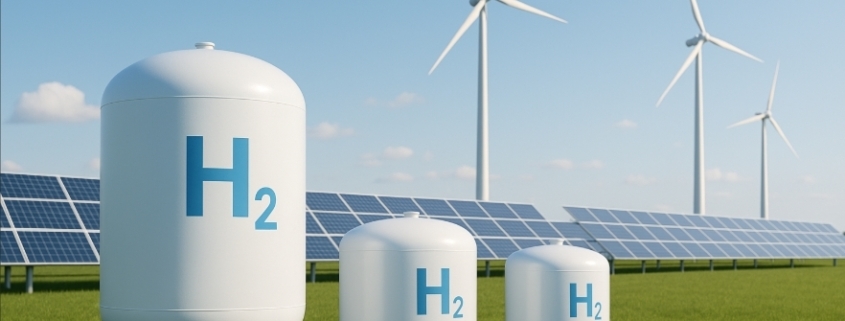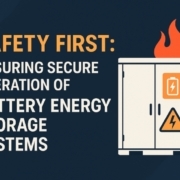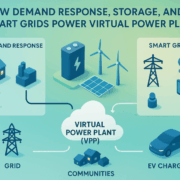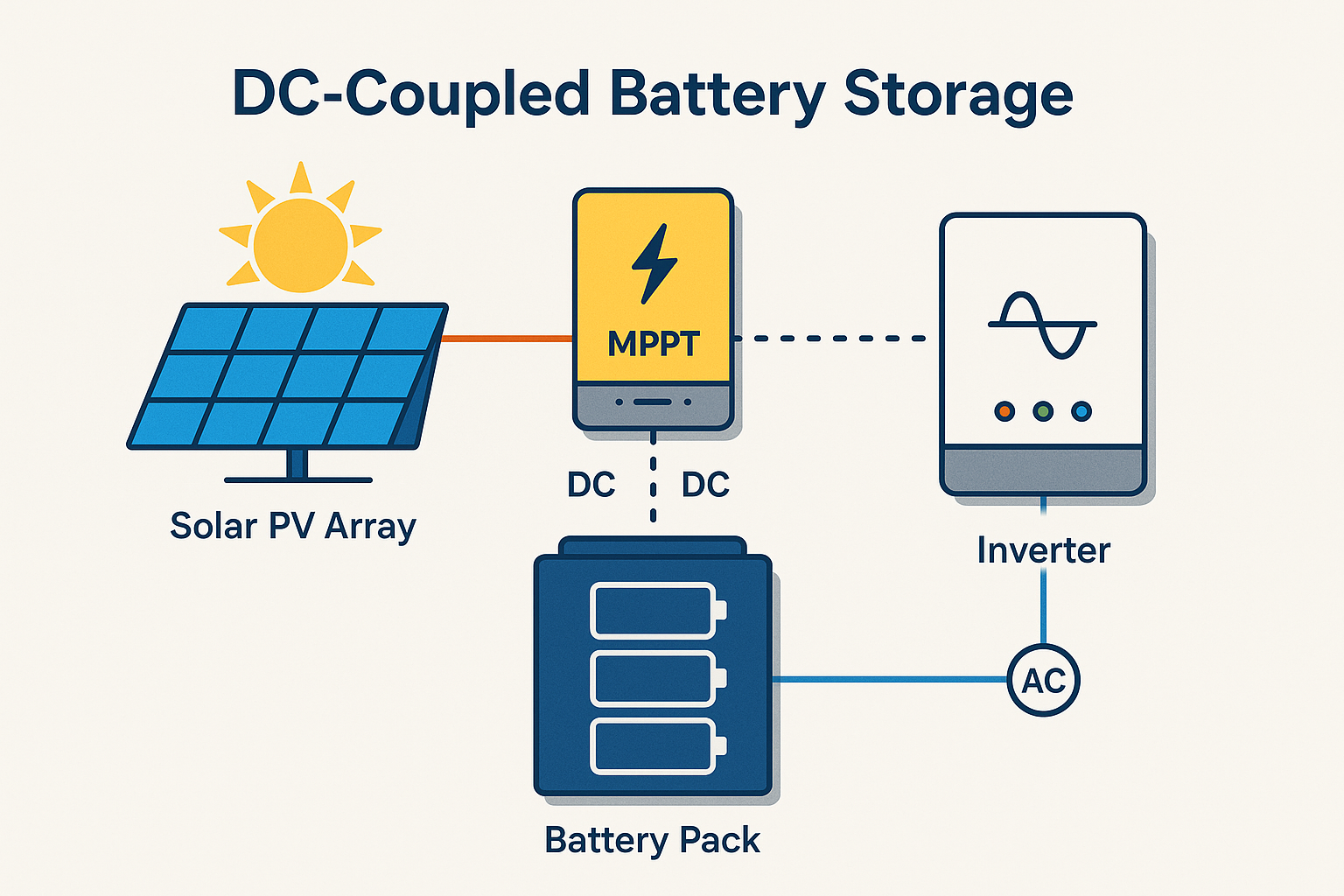Green Hydrogen Storage: How We Store the Fuel of the Future
Green hydrogen storage is a hot topic in the clean energy world. As more industries look to hydrogen as a zero-carbon fuel, knowing how to store it safely and efficiently becomes just as important as making it.
In this post, we’ll break down what green hydrogen is, why storage matters, how it’s done, and what challenges we face in storing this promising fuel.
What Is Green Hydrogen?
Before we talk about green hydrogen storage, let’s understand what green hydrogen is.
Hydrogen is the most abundant element in the universe. But on Earth, we have to produce it because pure hydrogen gas doesn’t exist naturally.
Green hydrogen is made by using renewable electricity (like solar or wind) to split water into hydrogen and oxygen. This process is called electrolysis. Because no fossil fuels are used, green hydrogen has zero carbon emissions at the point of production.
Why Is Green Hydrogen Storage Important?
Hydrogen is light and energy-dense by weight, but it takes up a lot of space by volume. So, storing it efficiently is crucial for:
- Using it when renewables aren’t available (like at night or on windless days)
- Transporting it to where it’s needed — for fuel cells, power generation, or industry
- Stabilizing supply and demand in hydrogen markets
Safe and reliable green hydrogen storage unlocks hydrogen’s true potential.
How Is Green Hydrogen Stored?
There are a few main ways to store green hydrogen. Let’s look at the most common ones:
1. Compressed Gas Storage
This is the simplest and most common method today.
Hydrogen gas is compressed to high pressures — typically 350–700 bar — and kept in special high-pressure tanks.
Pros:
- Mature technology
- Relatively low cost for small-to-medium storage
Cons:
- Requires strong, heavy tanks
- Energy needed for compression
2. Liquid Hydrogen Storage
Hydrogen can be cooled to −253°C to become a liquid.
Storing hydrogen as a cryogenic liquid reduces its volume about 800 times compared to its gaseous state.
Pros:
- High storage density
- Useful for large-scale transport (e.g., shipping)
Cons:
- Expensive to chill hydrogen to these temperatures
- Boil-off losses due to heat leaks
3. Materials-Based Storage (Solid Storage)
Another method is storing hydrogen in solid materials — like metal hydrides or chemical carriers.
Hydrogen binds with certain metals or chemicals and can be released when needed.
Pros:
- High safety level (low pressure)
- Compact storage
Cons:
- Expensive materials
- Slow hydrogen release rates
Where Is Green Hydrogen Storage Used?
- Energy Storage: Store excess renewable energy in the form of hydrogen.
- Transport: Fuel for hydrogen cars, trucks, buses, and even planes.
- Industry: For steelmaking, ammonia production, or backup power.
- Grid Stability: Balance supply and demand in renewable grids.
Key Challenges in Green Hydrogen Storage
While the technology is promising, there are still hurdles:
✅ High costs of compression, liquefaction, or materials
✅ Safety concerns (hydrogen is highly flammable and leaks easily)
✅ Lack of storage infrastructure in many places
✅ Energy losses during storage and retrieval
Researchers and companies worldwide are working to make green hydrogen storage safer, cheaper, and more efficient.
The Future of Green Hydrogen Storage
With more investment and innovation, the future looks bright.
We may see new storage technologies — like underground hydrogen caverns, advanced metal hydrides, or organic liquid carriers — that help us store large amounts of hydrogen cost-effectively.
One thing is clear: green hydrogen storage will play a big role in our move toward a carbon-free energy future.
Final Thoughts
Green hydrogen has huge potential to decarbonize industries, transport, and power. But producing it is only half the battle — storing it is the key to unlocking its full promise.
As technology improves, we’ll see better, safer, and more affordable ways to store green hydrogen, making it a real fuel for the future.
FAQs About Green Hydrogen Storage
Q1: Is storing green hydrogen dangerous?
Hydrogen is flammable and can leak easily, so storage systems must follow strict safety standards. Modern storage tanks and systems are designed with multiple safety layers.
Q2: Can hydrogen be stored underground?
Yes! Underground salt caverns and depleted gas fields are being explored as large-scale, low-cost options for bulk hydrogen storage.
Q3: Is green hydrogen storage expensive?
Currently, storage costs can be high, especially for liquid or solid storage. But with more research and scaling up, costs are expected to come down.
Q4: Why not use batteries instead?
Batteries are great for short-term storage, but hydrogen is better for storing large amounts of energy for long periods, like seasonal energy storage.
Ready to Learn More?
Want to keep up with the latest on green hydrogen and clean energy storage?
Subscribe to our blog or contact us to see how hydrogen solutions could power your future projects!













Trackbacks & Pingbacks
[…] 👉 Related: Green Hydrogen Storage […]
[…] (like hydrogen, methanol, or natural gas) is supplied to the anode […]
[…] Storing hydrogen safely is very important: […]
Leave a Reply
Want to join the discussion?Feel free to contribute!